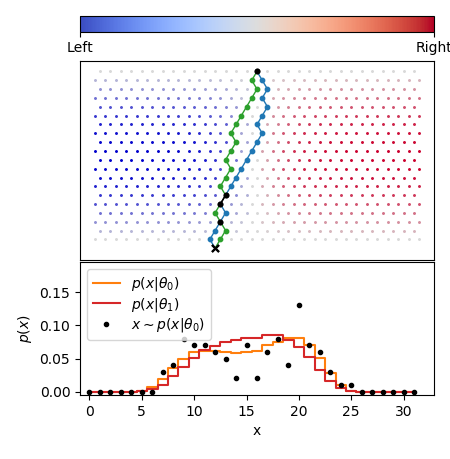A Guide to Constraining Effective Field Theories with Machine Learning
We develop, discuss, and compare several inference techniques to constrain theory parameters in collider experiments. By harnessing the latent-space structure of particle physics processes, we extract extra information from the simulator. This augmented data can be used to train neural networks that precisely estimate the likelihood ratio. The new methods scale well to many observables and high-dimensional parameter spaces, do not require any approximations of the parton shower and detector response, and can be evaluated in microseconds. Using weak-boson-fusion Higgs production as an example process, we compare the performance of several techniques. The best results are found for likelihood ratio estimators trained with extra information about the score, the gradient of the log likelihood function with respect to the theory parameters. The score also provides sufficient statistics that contain all the information needed for inference in the neighborhood of the Standard Model. These methods enable us to put significantly stronger bounds on effective dimension-six operators than the traditional approach based on histograms. They also outperform generic machine learning methods that do not make use of the particle physics structure, demonstrating their potential to substantially improve the new physics reach of the LHC legacy results.
PDF Abstract

